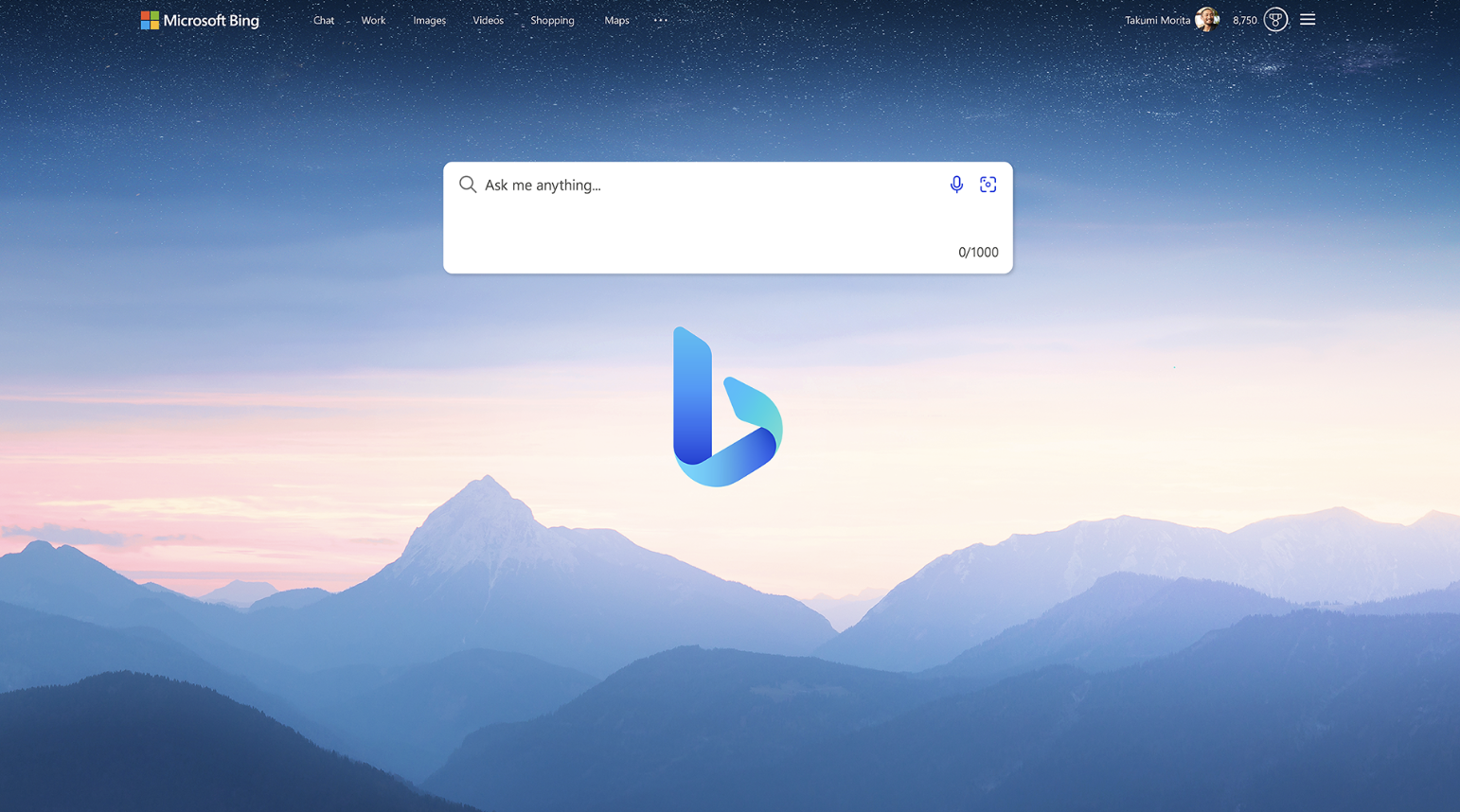
Microsoft’s Bing has never posed a serious threat to Google as the dominant search engine on the Internet. However, the recent introduction of AI-powered features in the “new Bing” preview, launched by the company last month, appears to be making an impact. Microsoft announced today that Bing has surpassed 100 million daily active users.
Acknowledging their position, Microsoft’s Yusuf Mehdi emphasized, “We are fully aware we remain a small, low, single-digit player in terms of market share compared to Google.” Nevertheless, he expressed satisfaction with the progress, stating, “That said, it feels good to be at the dance!”
Google does not disclose its daily active user numbers, but StatCounter data suggests that its market share typically remains just below 90 percent in the US, with Bing accounting for only 6 or 7 percent.
Microsoft reports that there are “millions of active users” experimenting with the AI-powered Bing preview, and approximately one-third of them are new users who were not using the service previously. Microsoft attributes some of this growth to the gradual expansion of Microsoft Edge, which utilizes Bing as its default search engine and encourages users to stick with it.
A month ago, Microsoft introduced the Bing chatbot in a “limited preview,” utilizing a large language model (LLM) developed by OpenAI. The company has adjusted the bot’s behavior in response to its occasionally odd and unsettling interactions. One of the changes involved limiting the number of responses the chatbot could provide in a single session, as extended interactions often led to unpredictable results. More recently, Microsoft introduced different “personalities” for the bot to provide either straightforward or entertaining responses.
Since last month, Microsoft has integrated “new Bing” features into its Edge browser, Skype, the Windows 11 taskbar, and some developer tools. The company is also in the process of testing “multimodal AI” technology capable of processing various forms of input, including images, text, audio, and video.
